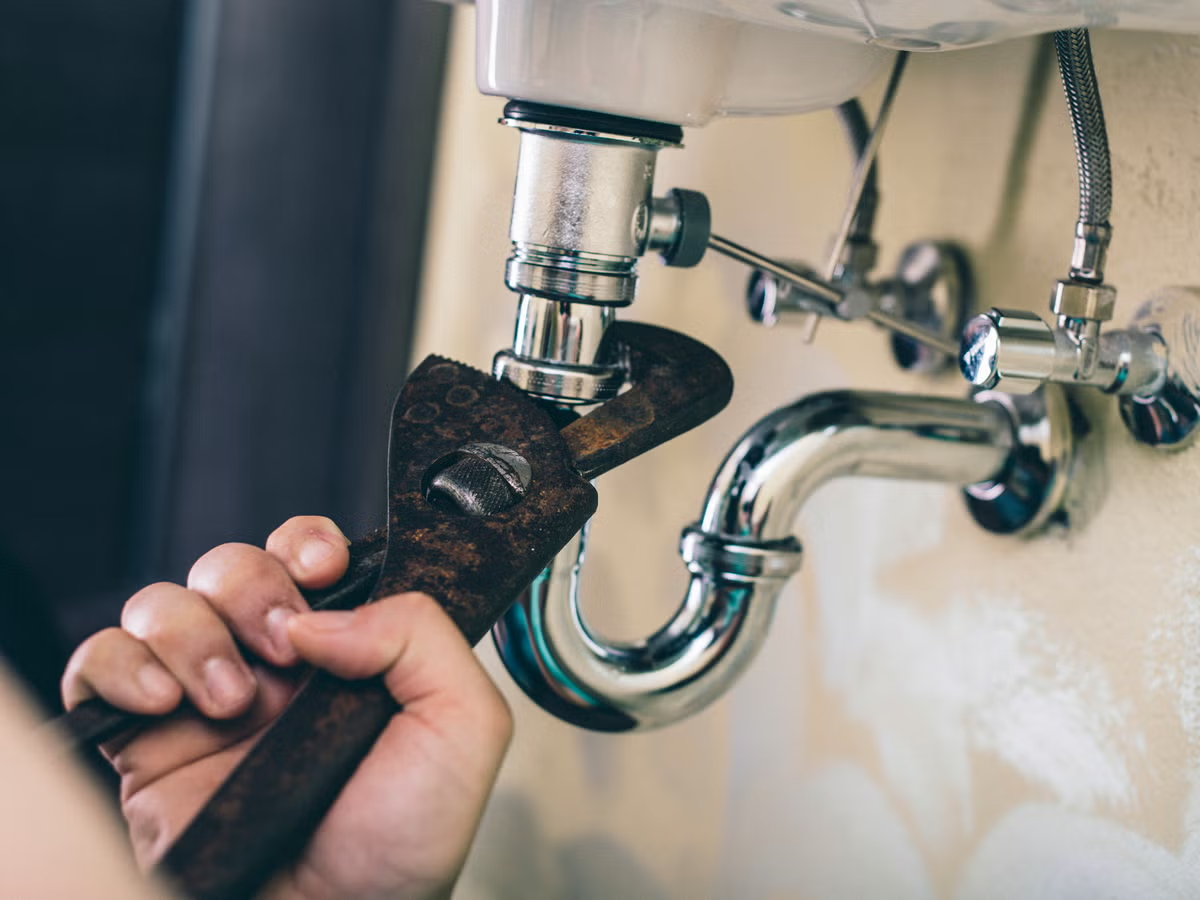Pipes are essential elements in any plumbing system, but the fittings that attach them play an even more significant role. Plumbers rely on them to set up, terminate, and control the flow of pipes.
Fittings come in a range of sizes and materials. The ideal ones should be easy to use and long-lasting.
Push-Fit Fittings
Push-fit fittings are one of the best plumbing fittings due to their convenience; they take only seconds to install and require no solvent glueing or welding, making them a great choice for home repairs.
They require no heat or flame, making them suitable for work in hazardous locations. Furthermore, the bags can easily be removed and replaced when damaged.
To guarantee a smooth installation, follow the manufacturer’s instructions and insert fittings into pipe correctly. If not secured properly, burrs could damage an O-ring and prevent its seal from sealing properly.
A deburring-depth gauge tool can be beneficial to smooth the edges of the pipe before inserting it into a push-fit. Marking the end with a marker helps measure how deep the fitting should go into tubing, and use the right type of pipe/tubing cutter for square and round cuts.
Coupling Fittings
Pipe couplings are short pieces of tubing that connect different pipes to finish or extend runs, alter the size of sections, or patch up breaks or leaks. Commonly used in water and sewer piping repair, these couplings offer flexibility and resilience to pipes while increasing their service life.
These fittings come in a range of materials and offer various features and applications. For instance, some have internal pipe threads, socket type arrangements or can be soldered or brazed together for extra strength.
Compression fittings are the ideal solution for those needing a fast and secure connection in high-pressure pipelines. Furthermore, compression fittings offer superior leakproof protection over threaded connections–especially in wet environments–over threaded connections.
These fittings can be constructed from a variety of materials, such as aluminum and polypropylene. Both offer impressive strength-to-weight ratios and durability, but polypropylene has superior corrosion resistance. Chrome-plated couplings offer several advantages over their non-chrome plated counterparts; chrome plating improves corrosion resistance while adding an eye-catching aesthetic to the fitting.
Union Fittings
A union is a fitting that allows two pipes to be joined and then disconnected, making maintenance much simpler in the future. Furthermore, unions are much more economical than couplings which may need solvent welding, soldering, or rotation (for threaded couplings) for installation.
Pipe unions come in various sizes and are used for a range of applications. Additionally, they help prevent galvanic corrosion between pipes made of different metals.
Some unions use a plastic barrier to keep pipes from touching each other. This is especially important for specialized applications that may involve chemical or corrosive fluids.
Unions consist of three parts, including a male NPT thread on both ends and a central nut that provides tight sealing. They’re more durable than couplings and often used in residential or industrial settings due to their ease of disassembling if necessary – making them the ideal solution for small piping connections requiring positive seals.
Elbow Fittings
Elbow fittings are an effective way to connect two pipes of different sizes. Furthermore, they make it simpler to change the direction of water flow within a pipe run.
Pipe ends can be either long or short in radius and made from various materials. Many are threaded to allow other pipes to be attached to them for extra strength and flexibility.
Elbows are commonly used in plumbing applications, but you can also use them for other piping requirements. For instance, they’re ideal for draining hose bibbs so that they don’t freeze during cold weather.
Conveying pipe elbows have standard dimensions, but are typically manufactured to suit the individual needs of each customer. This means their outer diameter, wall thickness, material type, degree of bend and centerline radius must all be determined by the customer in order to fit seamlessly into their system.




